8502Views 10Comments
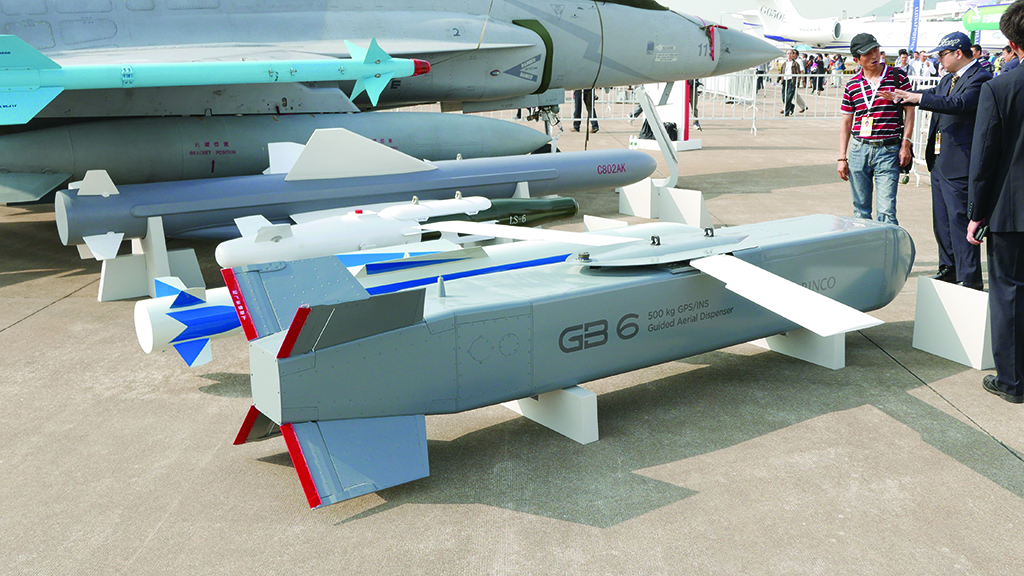
Pakistan’s Force Multipliers (Part 3): Cruise Missiles & Sub-Munitions
This is part three of Quwa’s discussion on Pakistan’s pursuit of force multiplier assets. Part one offered an overview of the – primarily economic – limitations preventing Pakistan from maintaining parity with India in terms of complete system acquisitions (e.g. top-tier multi-role fighter aircraft). Part two began delving into the Pakistan Air Force (PAF)’s force multiplier acquisitions, starting first with its stand-off range air-to-surface munitions inventory, mainly glide bombs. Part three will continue with this discussion (i.e. of the PAF’s stand-off range weapons program), except with a focus on cruise missiles.
Stand-off range weapons (SOW) form the main offensive element of the PAF’s force multiplier assets. But while the aim of physically destroying a target is obvious, the method or means by which this is done will vary on the weapon and its purpose. While glide bomb kits, such as the GIDS Range Extension Kit, convert general purpose bombs (GPB) – i.e. freefalling “dumb bombs” – into relatively long-range precision-strike assets, these precision-guided bombs (PGB) are still on the lower-end of the overall range spectrum. The range of these PGBs will also be affected by the altitude from which they are launched; the lower the drop altitude, the lower the range.
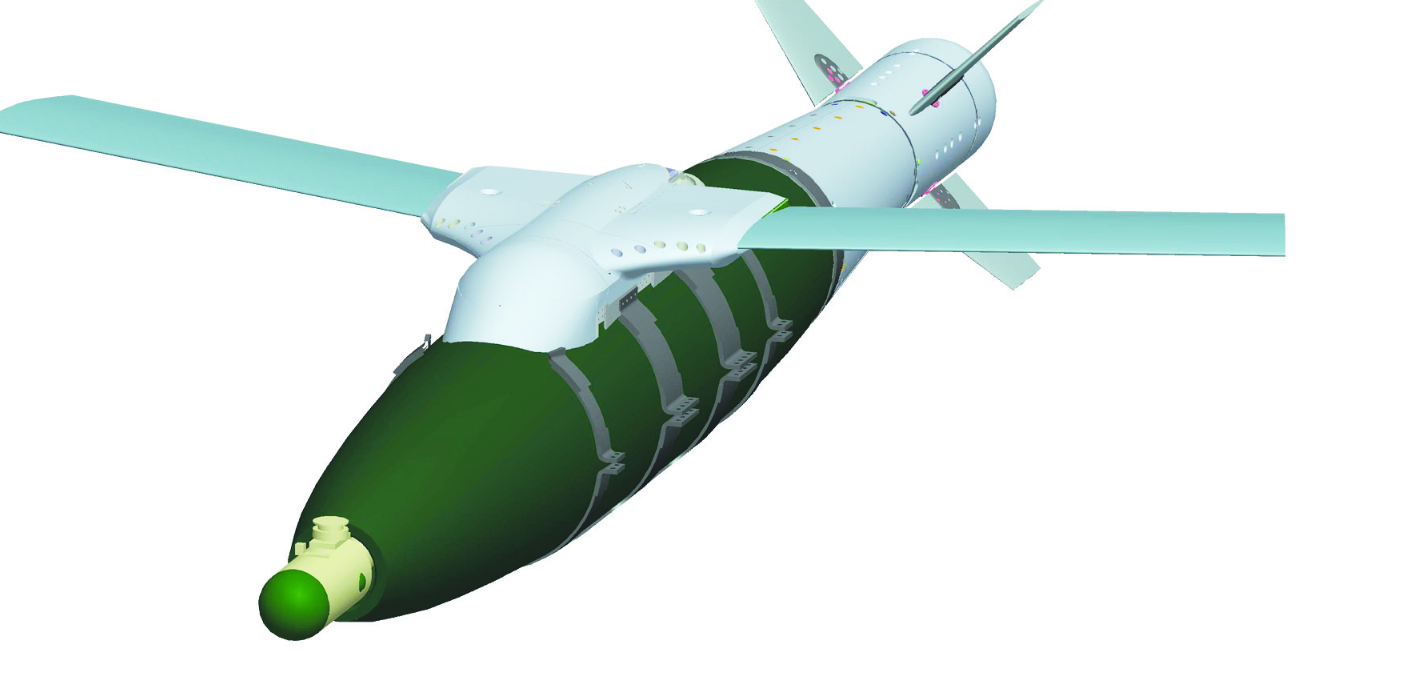
For long-range strikes, cruise missiles come into play. The Ra’ad air-launched cruise missile (ALCM) is the flagship cruise missile design in use with the PAF. However, it seems that it is currently earmarked as a mainly strategic – i.e. nuclear-use – weapon. The Ra’ad is powered by a micro-turbojet (or turbofan), and is capable of reaching a stated range of 350km.
Like the Babur cruise missile, the Ra’ad’s guidance system is likely comprised of an inertial navigation system (INS), terrain contour matching (TERCOM), and digital scene matching and area co-relation (DSMAC). For a quick reference into each of the guidance systems and their value, you may refer to this article. Combined, these elements enable the Ra’ad to fly at very low altitude – even in relatively close proximity to terrain – in order to reach its target. The small size of the cruise missile is coupled with a low radar cross-section (RCS) airframe design, shaping it with a low-detectable/observable profile.
In effect, the Ra’ad is meant to emulate the design and mission profile of the MBDA SCALP and AGM-158 Joint Air-to-Ground Standoff Missile (JASSM). However, it is not known if the PAF ever intends to use the Ra’ad – or ALCMs generally – in the conventional role. While the rationale of not doing so is valid in some respects (i.e. the availability of glide bombs), the technology surrounding ALCM development in general is positioning ALCM as increasingly interesting conventional tools.
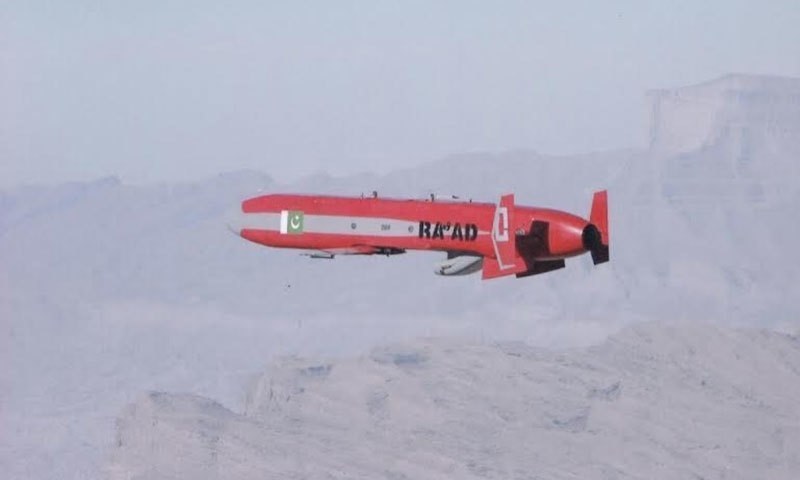
First, one could continue investing in the area of RCS reduction and range extension (via lighter and longer-range propulsion). A valuable target – such as a long-range surface-to-air missile (SAM) system’s multi-function radar – would generally be away from harm’s way, i.e. too far from the range of a glide-bomb. Moreover, such high value assets may also be protected by short-range air defence (SHORAD) assets in the form of point-defence missile systems (PDMS), among other active measures. Instead of deploying manned fighter aircraft to take on the task, one could start by using long-range low-observable ALCMs.
Second, ALCMs need not be limited to ferrying miniaturized nuclear or heavy-explosive (HE) conventional warheads. For example, one could configure ALCMs to house precision-guided sub-munitions, which will enable a single ALCM to potentially attack multiple targets, especially over an area. Consider the Textron CBU-105 as an example of what could be emulated: The CBU-105 as a whole is guided like any other PGB – i.e. via INS/GPS. Each CBU-105 carries 10 BLU-108 sub-munition warheads, which in turn contains four laser and infrared-guided bomblets called “Skeets.” Once launched, each Skeet will deploy a parachute and begin searching for targets; once identified, the Skeets’ penetrating warhead will be explosively-propelled to its target. Each CBU-105 – weighing 450kg – can carry 40 Skeets. Tyler Rogoway offered an excellent overview of the process in one of his articles on Foxtrot Alpha.
Imagine the prospect of Pakistan a munitions system similar to the CBU-105. The sub-munitions warhead and dispenser system could theoretically be placed within the Ra’ad or a future version of the Ra’ad. With this configuration, the PAF could augment the low-RCS and range advantages of the Ra’ad with the ability to saturate an area with guided strikes (via the sub-munitions dispenser). The PAF could use this system to effectively target and engage high-value areas such as naval shipyards, dockyards, industrial complexes, air fields and air defence sites. Tyler Rogoway stated that the CBU-105’s Skeets can cover an area of 450 metres by 150 metres. In parallel, a shorter range gliding variant of the CBU-105-like system could be used to help halt intruding enemy armour columns, which alone could be seen as conventional deterrence.
In as far as guided sub-munitions are concerned, Pakistan may indeed be on track to procuring something akin to the CBU-105. The first indication could be traced back to a memorandum of understanding (MoU) with Turkey in February 2008; in it, Turkey and Pakistan agreed to cooperate on the development of “turbojet motors”, “stealth technology”, and “precision-guided bomblets.”[1] These are clear signs that the two countries committed to collaborate on ALCM technology, and in recent years Turkey has revealed its SOM-line of cruise missiles. It would be very interesting if a “Ra’ad II” is on the horizon.
If not, Pakistan could have an option in China, at least in terms of having a gliding sub-munitions dispenser. The NORINCO GB-6 is modelled on the 500kg Joint Standoff Weapon (JSOW), which is designed to ferry BLU-108 sub-munitions dispensers. The missing link in this case is a BLU-108-like guided kit with smaller guided bomblets. This ought to be an area of development for the PAF, and based on the 2008 MoU with Turkey, it very well may be (especially considering India is a CBU-105 buyer). Even without a Ra’ad II ALCM acting as a long-range sub-munitions ferry, a GB-6 housing guided sub-munitions would be a valuable gain, especially in terms of close air support (CAS). The GB-6 is also being marketed as a munition for the JF-17.

Pakistan cannot indigenize every weapon system in its arsenal, but it can localize some, especially the munitions that are rapidly moved and depleted in a conflict. For example, in terms of cruise missiles, it would be prudent to bring the manufacturing of micro turbojets in-house. Yes, it is expensive, but given that Pakistan’s cruise missile needs extend beyond the needs of the PAF – i.e. the Army and Navy also use cruise missiles. In other words, this expensive technology can be scaled across a large number of units, providing economies of scale and controlling costs.
[1] Lale Sariibrahimoglu. “Pakistan agrees to further defence co-operation with Turkey.” Jane’s Defence Weekly. February 2008.

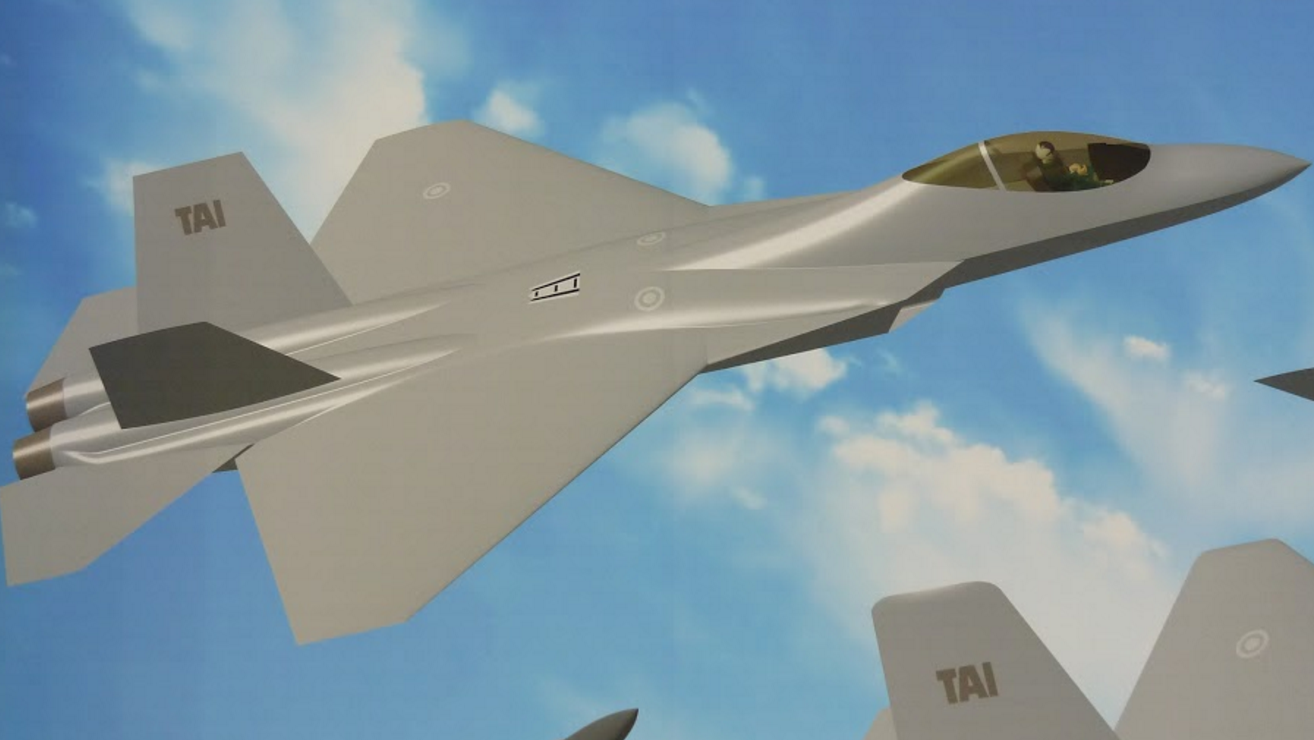
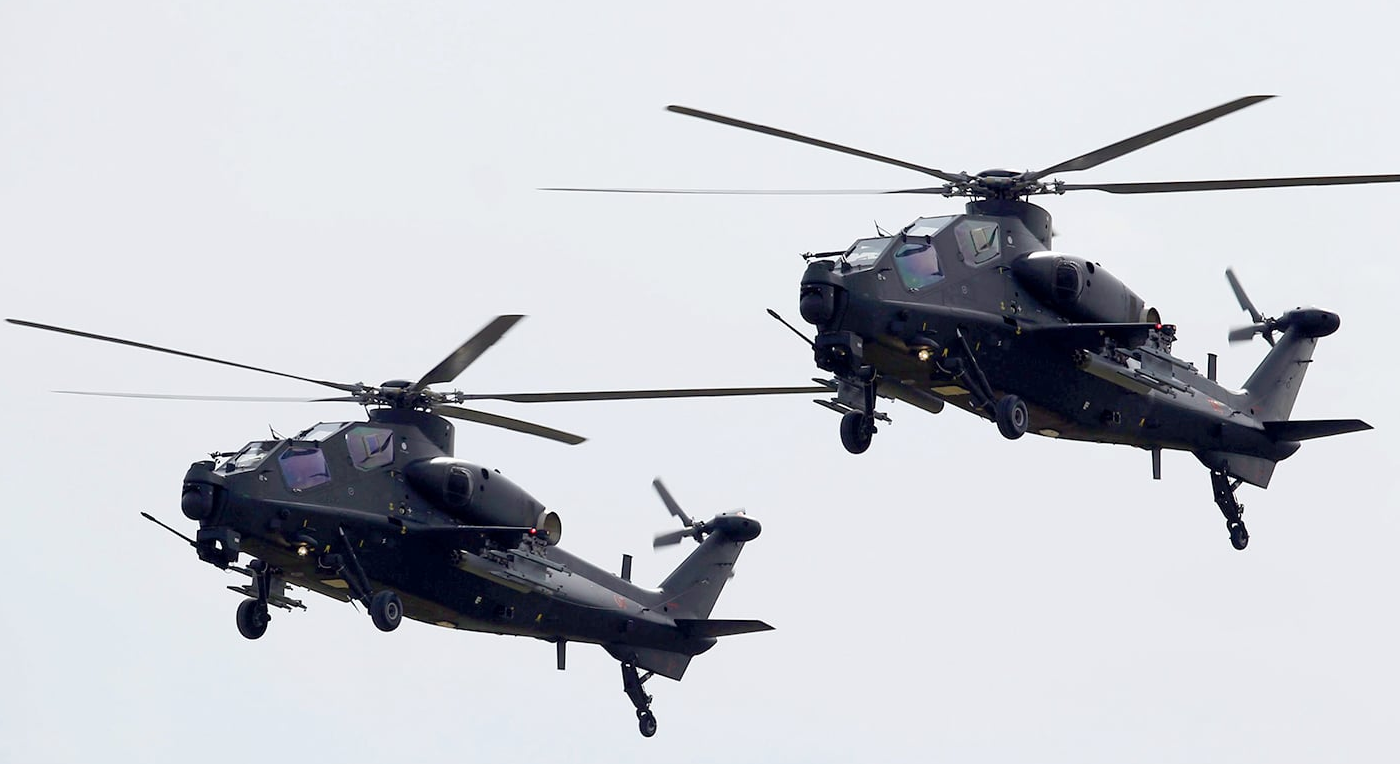
10 Comments
by Blue Marlin
one needs to look at the raads stats it is lighter than a lot of other missiles out there it weighs 1100kg yet roughly half of the total weightis the warhead. the storm shadow or the kepd-350 weighs in at >=1300kg so i would imagine developing a longer range missile would not be a problem. do note the raads public range is 350km.
by MT
Pakistan lacks much experience of Micro turbofan/turbo jet engine development. Turks just attempted their first such engine development in this decade(as compared to china/India who initiated their basic research in 70/80 respectively) & they will not be having truly operation microfan /microjet until 2020 given their assistance on engine development is only coming from Ukraine with complete blockage of such juicy technology with in MTCR group. Its not clear if Turks will be ready to share such critical technology with Pakistan as they are bound by MTCR group policy. From all accounts, Pakistan buys Chinese turbofan for Babur & Raad.
Quwa needs to be more honest about pakistan local industries. From most sources, Pakistan doesnt produce any of these technology.
1. Thrust vector rocket & TVC booster
2. INS systems(Ring laser, FOG. Not even old MEMS)
3. Navigation control system
4. TERCOM
5. DSMAC/Automatic target recognition
6. Seekers
7. composite
8. RCS(radar cross section) design lab & test bed facility
9. Access to military GPS/Beidou/GLONASS/IRNSS/Galileo
=>Not sure about Chinese Beidou
10. Turbofan engines & actuators
Pak also lacks skills & experience to develop ALCM/GLCM from inhouse capabilities lacking modelling, wind tunnel, design & manufacturing of most important sub systems given Babur & RAAD share their origin to China and south africa
The ALCM approach is very interesting but Pakistan also needs to realize that Indian current ongoing operationalBarak8 Radars is S band variant of Green pine which can detect RCS of less ~0.1 Meter per square which is way way less than RCS of most cruise missiles of most western countries minus US
by Blue Marlin
well thats easy to answer
if they can buy it easily they will do that
and if they cant buy it they will develop it
by Quraishi
You often write as if India does not posses such force multipliers, if India does and Pakistan does then it neutralizes, how is it then a force multiplier.
There is nothing Pakistan can do in the long term with the current finance level to balance off India. People should understand exponentials, India current trajectory with the exponential component is fast increasing the gap beyond return and soon Pakistan can in no way be a sound deterrent to the Indian force.
Although this is more of a technical defense forum, I just don’t think the solution lies in good faith technical development solely. What money can buy now with technology transfer now in short term a year or so, development may take a decade or two at times.
I would suggest that Pakistan liberate the blochistan Provence of Iran and its Sunni population from the Iranian regime’s oppression. That will also provide Pakistan with the much needed oil and revenues from oil sales. This can then directly be injected into current and future defense programs.
by Mohsin E.
A cruise missile with guided sub-munitions would be a powerful weapon against concentrated armor formations. It would provide a safe, effective and inexpensive way to conventionally deal with armored ground offensives. Ground launched versions of this platform would be operated by the Army, thus reducing the PAF’s CAS requirements. A barrage of these terrain hugging (and hopefully high speed) missiles will be very hard to defeat, especially if accompanied by a saturation wave of drones.
by Bilal Khan - Quwa
The net impact of a sub-munitions equipped cruise missile does not disappear if the enemy is in possession with a similar capability. At the end of the day, if the enemy will incur the risk of having its high value assets – e.g. naval shipyards or dockyards – under the risk of saturated cruise missile (with sub-munition warheads) strikes, then that’s the end of it. If both sides have similar capabilities, then neither will have the incentive to try and prod the other into a reaction. That is the nature of a deterrence, which – if you read a little more carefully – is the underlying point behind having force multipliers.
by Bilal Khan - Quwa
Even if Pakistan is five decades behind in terms of indigenous capacity, that does not change the necessity and value of having those capabilities brought in-house.
Second, your conclusions are an accumulation of analysis and speculation (largely the latter) based on the limited information available about Pakistan’s missile programs. It is best and honest practice to preface your opinion with “in my opinion” … let’s not pass off a possible reality as a verifiable truth.
by Bilal Khan - Quwa
That’s why I said, “stated range.”
by MT
My analysis may have assumption but MTCR list shows pak having fewer missile subsystem technology
As an expert; you can clarify if you believe if some of those subsystem I mentioned are locally manufactured by Pakistani companies
by Bilal Khan - Quwa
I didn’t make a claim in either direction.